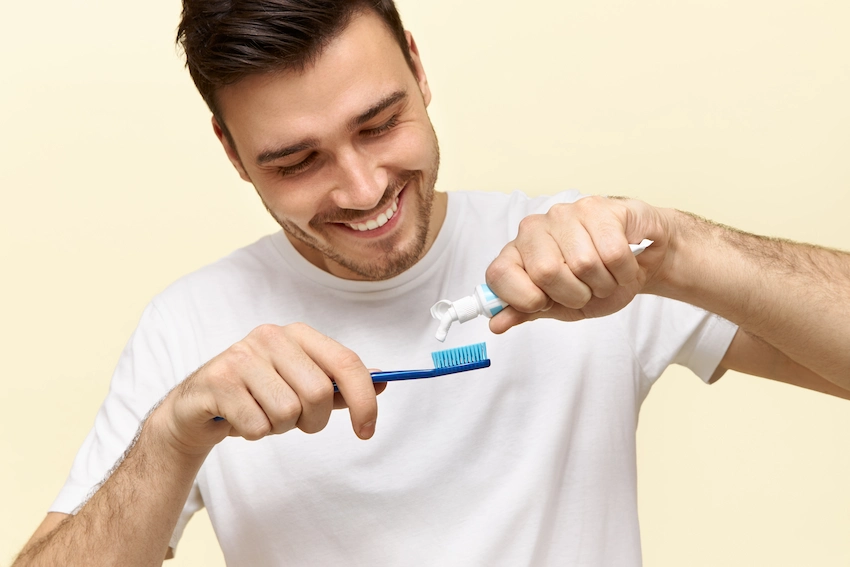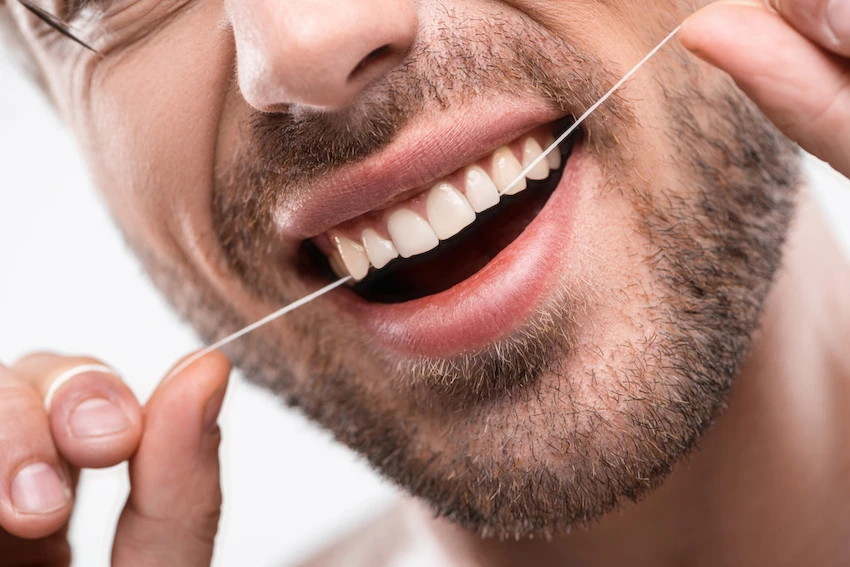What is the Structure of the Teeth?
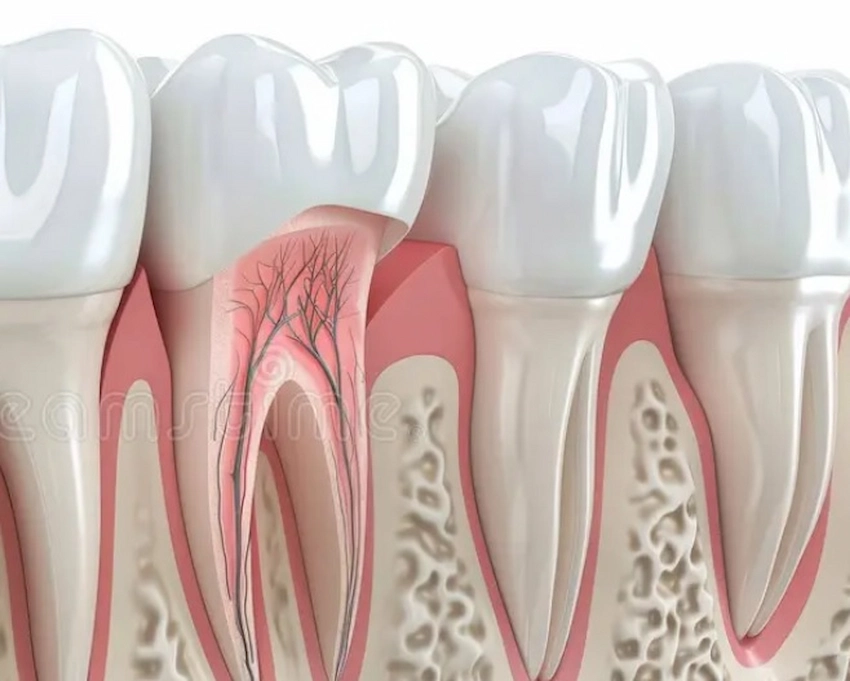
The teeth are the human body’s vital part of the digestive system, and they perform both functional and cosmetic roles for health. The importance of understanding the structure of the teeth – not only in the context of facilitating food mastication but also efficient oral health care.
Each tooth consists of a variety of parts, each with its specific function, which helps in chewing, speaking, and in the general function of the mouth. Here, we will lay down each part that makes up a tooth, reveal each of their benefits for a brighter smile, and discuss the necessity of oral hygiene in teeth care.
Structure of the Teeth: Layers and Functions
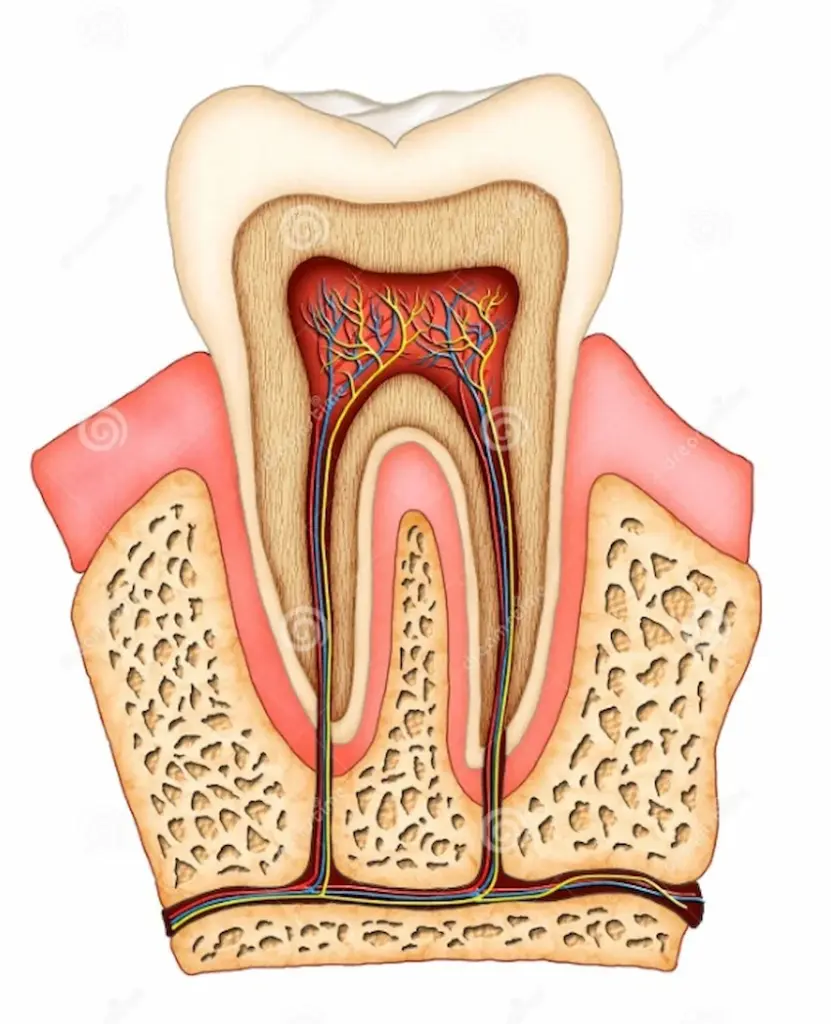
A structure of the teeth consists of a number of layers, each of which is extremely important to keep the tooth ready to be used effectively and in good health. These are the layers that protect the tooth, enable it to endure the stress loads of chewing, and gear it with strength and support.
Enamel: The Hard Outer Layer
The structure of the teeth containing the enamel is the hardest part of the human body that is mineralized, which is the first defense from damage. This layer is on the outside, and it covers the crown of the tooth, the part you can see in your mouth.
Enamel is largely composed of hydroxyapatite, a mineral rich in calcium and phosphate, resulting in the material’s high strength and resistance to wear and tear. However, even as it is hard as a rock, enamel can still be damaged through erosion, caused by the acids present in food, drinks, and bacteria. In case of damage or wear, the enamel cannot regenerate, thus its protective role is very important.
Enamel acts as the natural protector of the tooth, shielding it from zero contamination, temperature variations, and the adverse action of tears and chemical abrasion. Were the enamel in a less healthy state, the teeth would have sensitivity (feeling cold or hot in a tooth) and more prone to cavities.
Dentin: The Layer Underneath
When we talk about structure of the teeth we need to mention the bulk of the tooth is composed of the dentin, a relatively softer yellowish tissue than the enamel that lies under it. Although it is not as hard as the enamel, the dentin is still a strong material. The primary function of the dentin is to give the enamel its rigidity and at the same time, dissipate the pressure produced by the act of proper chewing.
The tissue constructing the dentin is made of small tubules, the dentinal tubules, which traverse the tissue and in doing so take the sensory signals to the pulp-the soft core of the tooth.
In cases of a gone case scenario, that is where an enamel wear is so big that the dentin is exposed, teeth tend to become sensitive. Furthermore, the color of the tooth is influenced by the dentin: as the enamel wears off, the yellowish dentin underneath becomes more visible, hence the tooth looks darker.
Pulp: The Soft Inner Tissue
The most important part of the structure of the teeth. At the heart of the tooth, there is a part called pulp, the pulp which houses the nerve tissue and blood vessels. The pulp provides the nutrients through the part that is dug within the root canals of the tooth also known as the pulp chamber.
The pulp is the most important section during tooth growth as it contains all the minerals and vitamins that the tooth needs for growth and also for its function development.When the pulp is affected by cavities or injuries and an infection occurs, the result is severe pain and the forming of an abscess, which are very serious dental conditions.
If the problem is much more severe one can choose or the dentist may insist that a root canal treatment is the only solution to have the decayed pulp removed and still save your tooth.
Cementum: The Root Layer
One of the parts of the structure of the teeth is the cementum is a thin tissue, like a thin sheet of bone, which coats the root of the tooth and helps to anchor the tooth in the jawbone. In addition to the bone not shifting from its place, there is a periodical time when the ligament holds the tooth to the socket.
Cementum will assist in the repair of the tooth via the same process of covering it if the root gets a scratch or if it gets exposed so as to prevent it from cracking further.Cementum is certainly less hard than enamel and dentin, yet it is also vital for keeping the tooth’s shape and structure.
Periodontal Ligament: The Support System
The last part of the structure of the teeth: The surrounding of a tooth is called the periodontal ligament (PDL), it is this structure which is the shock absorber and it’s attached to the jawbone, through the ligament, the tooth stays in position.
This ligament acts as a cushion, it absorbs the pressure when chewing or biting that is borne by the jaw and does not allow the forces to act directly on the tooth root. It also participates indirectly, though, in tooth displacement, such as the case where a minor movement is allowed in the event that a tooth is being realigned.
The periodontal ligament is equally a part of the healing process for dental procedures for instance extractions or implants. Furthermore, it is also the PDL which ensures the teeth stability and sustains the basic functions of the teeth in the mouth.
Ways by Which the Function of Teeth Helps in Maintaining Oral Health
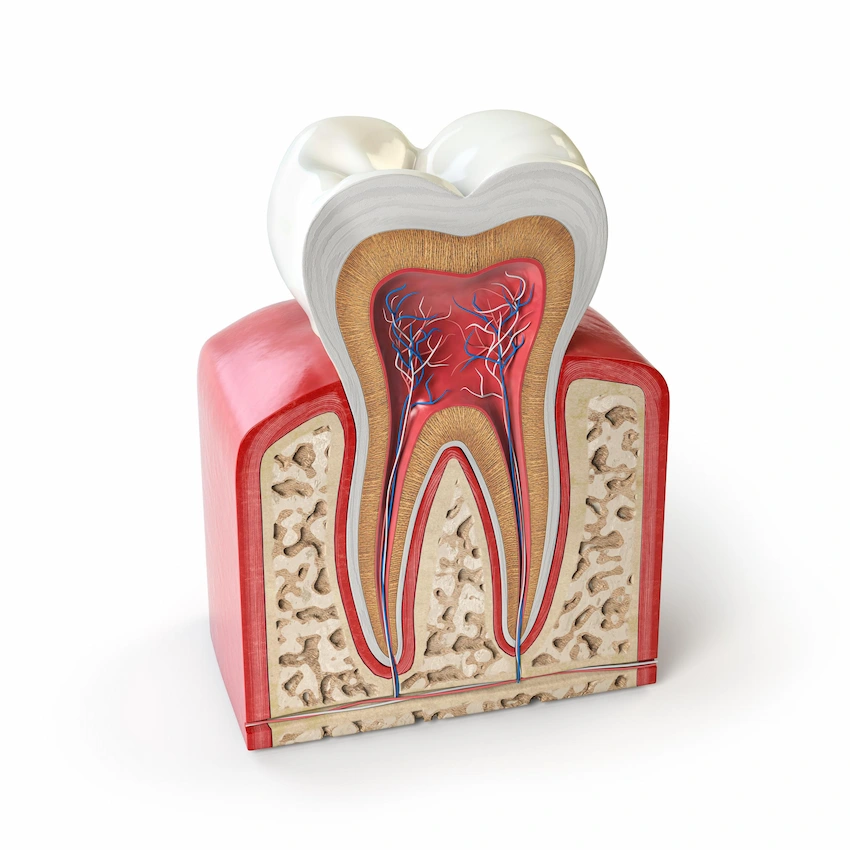
The structure of the teeth are such that they can withstand the habitual wearing down by chewing, speaking, and maintaining a proper bite. Each layer and tissue play a different role in supporting the proper function of the tooth. The enamel layers act as a covering for protection, the dentin layers absorb the shock/give the tooth its color.
The pulp supplies the tooth with the necessary nutrients, and cementum together with the periodontal ligament fixes the tooth in place.One’s oral health should be kept at the best level in order to maintain the intactness of the teeth.
If oral hygiene is neglected, it can result in the accumulation of plaque, which causes cavities, gum disease, and even tooth loss. This can be avoided by regular brushing, flossing, and having an oral checkup. The regular controlling of this attack will keep teeth resistant to plaque and bacteria whereas the checking and treating of any problem in its early stages help to avoid any significant damage
FAQs About the Structure of Teeth
Enamel is the most solid part of a tooth and lies on the outer side. It is mostly formed by minerals like calcium and phosphate that bring so much firmness.
No, the enamel of the teeth cannot regenerate after it has been damaged. But the enamel can be re-mineralized, meaning minerals are returned to the enamel, hence, it becomes stronger. This procedure can be done by using fluoridated toothpaste and eating mineral-rich foods.
The centre part, or pulp, contains the tooth’s nerves and blood vessels. It is a source of nutrition for the tooth and therefore ensures it stays alive. One of the most important functions of the pulp is the support of the development of the tooth and the control of the tooth’s activities.
One of the most basic techniques is not to take much acidic substances which can corrode or wear away the outer layer of a tooth. Following good oral habits, using fluoride toothpaste, and regular dental checkups are other ways of protection from teeth.
Should there be an injury to the tooth’s cementum, the tooth becomes mobile as it disrupts the function of the tooth’s inter-locking anchor within the jawbone.

